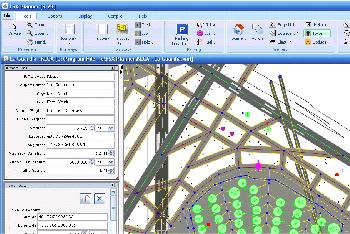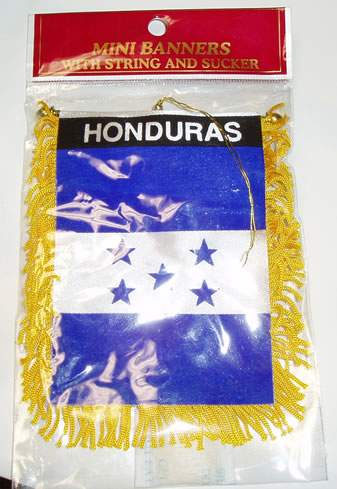
- #Using active sky next on p3d 2.5 and 3 update#
- #Using active sky next on p3d 2.5 and 3 full#
- #Using active sky next on p3d 2.5 and 3 simulator#
We are now able to implement soft and more robust detailed clouds structured together within the same session. We have successfully created superior cloud and weather formations containing precise definition for each cloud type.

You periodically notice upside down clouds and inaccurate cloud formations. According to real-world cloud specifications, cloud thickness is lacking on all cloud types, including position and overall representation.

This also severely decreases frame rates because of this unnecessary cloud sprite system. These sprites are randomly rendered inside the simulation, causing most cloud types to be mis-represented within all weather scenarios. All of the current cloud models utilize randomly placed sprites.
#Using active sky next on p3d 2.5 and 3 full#
With the current cloud model system there are many limitations in regards to the way clouds and full weather systems are properly displayed. This system is still in use within FSX, FSX:Steam and Prepar3D.
#Using active sky next on p3d 2.5 and 3 simulator#
#Using active sky next on p3d 2.5 and 3 update#
I have changed the update time to longer, 30 min or more and eventually the change will come and the ship's in turn message still goes on forever because the change in boat direction is usually higher than the 2 degrees used by vLSO. The only way to determine the carriers new course is to look at the carriers direction in VRS's AI call. If the change is large the vLSO program goes on and on announcing the ships in turn message. vLSO changes direction on the "ship's in turn" message by only 2 degree per call. If the change is small the problem is not bad but if the carrier changes direction by a large amount the carrier will make this change quite quickly. By watching the ASN log screen I can tell when a new weather down load occurs and have been able to determine that when doing a Case III recovery and using the marshal stack it is almost certain a new weather update will arrive while the plane is leaving the Marshal stack to the CV. I have ASN working correctly and set to update every 15 min. How does ASN or VLSO issue a wind direction when, it is calm at 0 0 surface winds. Today the winds are calm again and this problem will probably happen again in both Case1 & 3 carrier OPS.

Who issues the change VRS, vLSO or ASN? In all conditions the winds were calm. My question on this is what is the interaction between ASN and the carrier in VRS TacPack. Last night this happened every time I went to land with calm winds (4 times). This makes the line up very hard and the VLSO program will quickly issue a wave off if you do not stay in the very narrow window after ball call. When I enter the 3 km area from the carrier and enter the glide slope all looks well until around 1 km the carrier starts turning again. I correct for this turn and continue to the carrier at 1200 ft. As I approach the carrier for a case 3 Marshal stack all is well and when I convert to the final inbound course and use VLSO's final bearing the ship goes into a ships in turn mode a new course is issued. The carrier will change direction and the BRC is published by vLSO to do the landing. For the last few days the winds have been calm at KNTU, (KNTU 0 0). When I get into the jet I set the carrier to follow the wind and this usually work fine when the wind is grater than zero. My setup is as follows: P3D v 2.5, TacPack, Active Sky Next build 5781, VLSO, Win 10, Case 3 recoveries at night. I fly out of Oceana (KNTU) and launch a carrier and tanker about 60 km off of KNTU with a course of 4 degrees, using the VRS Scenario file. I have been running carrier OPS and have been having problems with the carrier changing direction while on final.


 0 kommentar(er)
0 kommentar(er)
